

|
|
|


|
|
1/10 Scale Electric Formula One Car:
Kyosho Ferrari F189 - 4201
|
Released by Kyosho in 1990, the Ferrari F189 Formula 1 car - # 4201 - was based on the car driven by Nigel Mansell in the 1989 F1 Championship, in which he finished fourth overall.
The unassembled kit came with an unpainted polycarbonate Bodyshell, a servo operated Rotary Mechanical Speed Controller, Mega Outlaw 22T Stock Motor and one-piece plastic Wheels with semi-pneumatic rubber tires. A Radio System, Battery and Charger to be purchased separately.
Now considered rare, all the early 1990s Kyosho F1 RC models are much sought after by ardent collectors the world over.
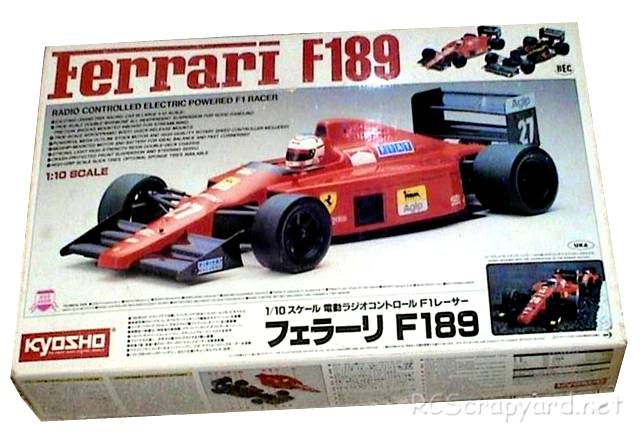
The 2WD model is based on a molded plastic double deck chassis, with front "crash-back" system incorporating two O-rings (previously used on a number of Schumacher models), A-arm wishbone suspension, with pushrod actuated coil spring over friction dampers, bevel gear type differential, gear reduction drive with dogbone drive-shafts and bushings.








|
|
|

★ Kyosho Ferrari F189 - 4201 ★
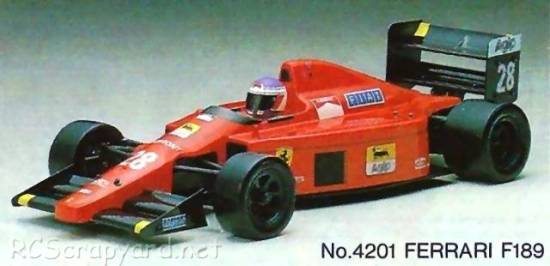
★ Kyosho Ferrari F189 - 4201 ★
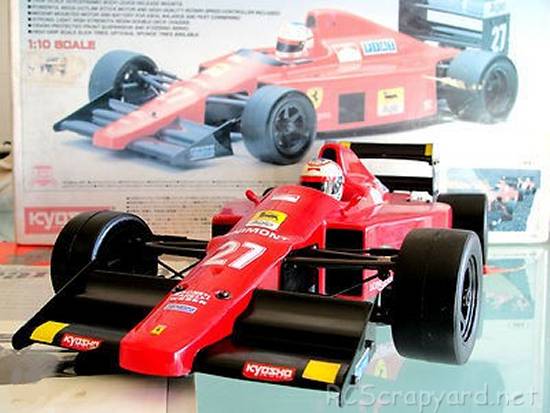
★ Kyosho Ferrari F189 - 4201 ★
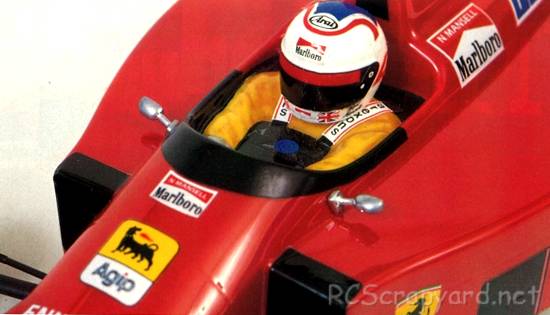
★ Kyosho Ferrari F189 - Chassis ★
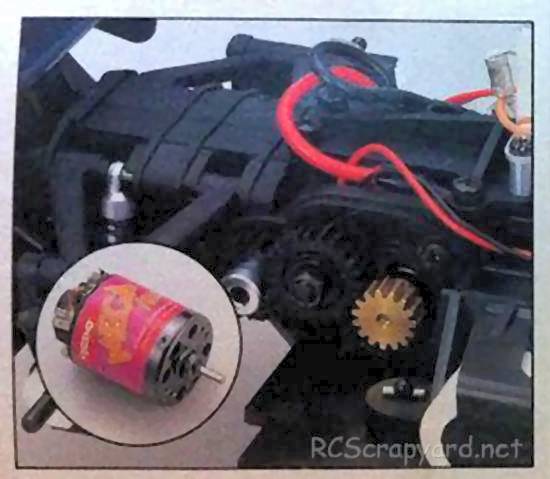
★ Kyosho Ferrari F189 - Chassis ★
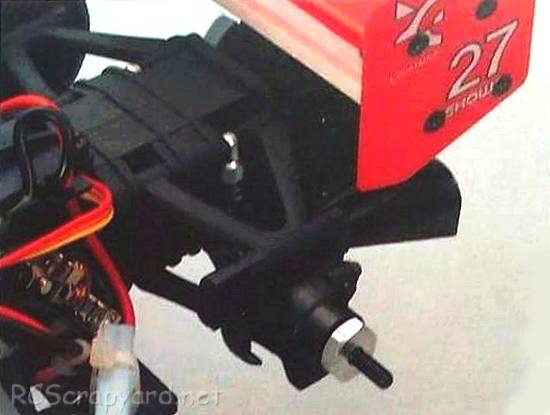
★ Kyosho Ferrari F189 - Chassis ★
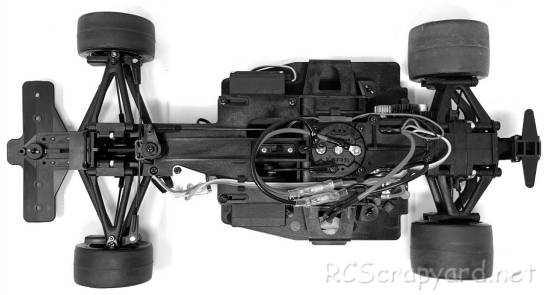
★ Kyosho Ferrari F189 - Chassis ★
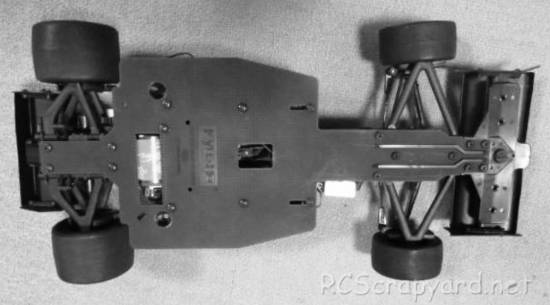
★ Kyosho Ferrari F189 - Chassis ★

★ Kyosho Ferrari F189 - Chassis ★
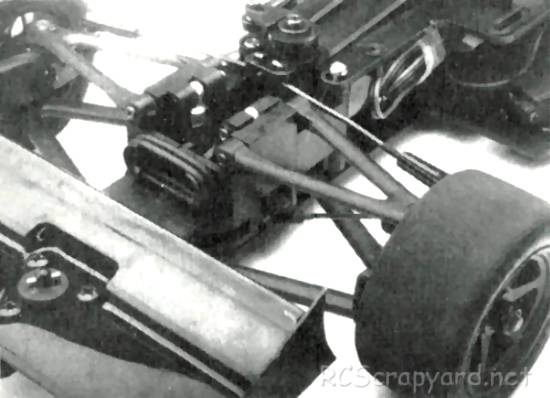
★ Kyosho Ferrari F189 - Chassis ★
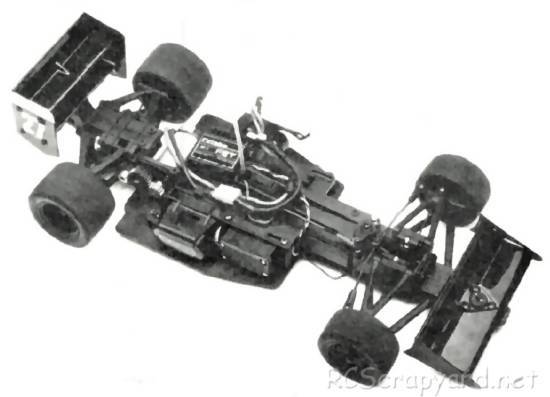
★ Kyosho Ferrari F189 - Chassis ★
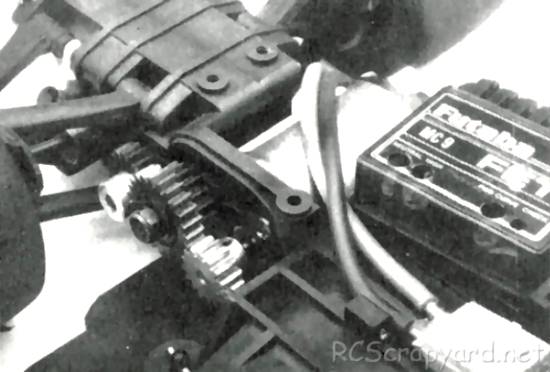
★ Kyosho Ferrari F189 - Chassis ★
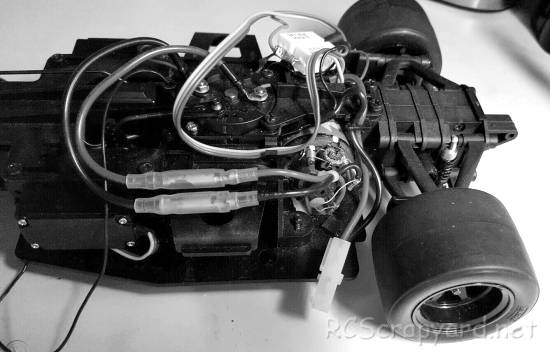
★ Kyosho Ferrari F189 - Chassis ★
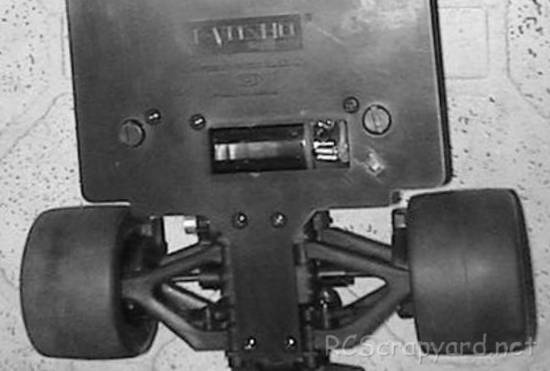
★ Kyosho Ferrari F189 - Chassis ★
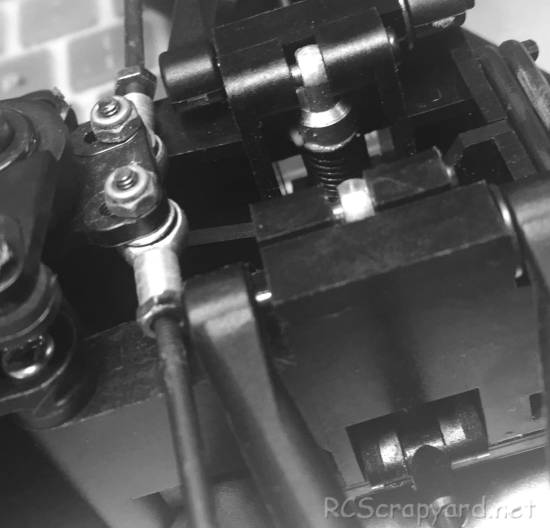
|
Buying a Used Radio Controlled Model
|
|
Manufacturers and Brands Catalogued, Listed and Reviewed by RC-Scrapyard.
At present, the RC Model Manufacturers, Brands and Distributors covered by us are: ABC Hobby, Academy, Acme Racing, Agama Racing, Amewi, Ansmann Racing, ARRMA, Team Associated, Atomic RC, Axial, AYK, Bolink, BSD Racing, Capricorn, Carisma, Carson, Caster Racing, Cen, Corally, Custom Works, Durango, Duratrax, ECX - Electrix, Exceed RC, FG Modellsport, FS-Racing, FTX, Fujimi, Gmade, GS-Racing, Harm, HBX, Helion, Heng Long, Himoto Racing, Hirobo, Hitari, Hobao, Hong-Nor, Hot Bodies, HPI, HSP, Intech, Integy, Jamara, JQ Products, Kawada, Kyosho, Losi, LRP, Maisto, Mardave, Marui, Maverick, MCD Racing, Megatech, Mugen, New Bright, Nichimo, Nikko, Nkok, Ofna, Pro-Pulse, Protech, PTI, RC4WD, Redcat Racing, RJ-Speed, Robitronic, Schumacher, Seben, Serpent, Smartech, Sportwerks, Step-Up, Tamiya, Team-C Racing, Team Magic, Thunder Tiger, Tomy, Top Racing, Traxxas, Trinity, Tyco, Vaterra RC, Venom, VRX Racing, WLToys, X-Factory, Xmods, Xpress, Xray, XTM, Yankee RC, Yokomo, ZD Racing and Zipzaps. |
|
Hints, Tips and Information Rechargeable Batteries
|
|
Hints, Tips and Information
Emergency Plastic Part Repairs
It always happens when you least expect it. You are racing hard; and suddenly some idiot decides to side swipe you' and break your front wishbone. Even though you may carry spare parts for just about everything on your car, it always seems to be the same part that breaks, and although you made a mental note the last time it happened to get a replacement you soon realise those mental notes were not worth the paper they are written on.
|
|
RC Models:
|
Radio & Motors: |
Other
Accessories: |